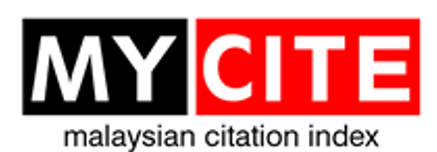Inventory of Marine Fauna on Reef Balls Structures of Selingan Island, Sandakan, Sabah, Malaysia
DOI:
https://doi.org/10.51200/jtbc.v17i.2663Keywords:
reef balls, habitat, fauna, marine protected area, Selingan IslandAbstract
Selingan Island is well known as a turtle sanctuary in Sandakan, Sabah. However, beach erosion has affected both infrastructure and turtle nesting grounds on the island. As one of the solutions, stone revetment and reef ball structures were deployed at the southeast part of the island in 2005 and 2007, respectively. The uneven stony surface of reef ball structures creates tiny pockets of space for attachment and colonization of coral larvae and sessile invertebrates. The objectives of this study are to determine the condition of the reef ball structures and to identify the types of marine fauna within these structures. The field surveys were carried out in May and December 2017. The survey area covered the 120 m length of balls structures for inventory of marine fauna using random quadrat sampling and observation of the reef balls condition. The survey areas were divided into Part 1 (1- 40 m), Part II (40-80 m) and Part III (80-120 m) from the shoreline of the island. There was only one reef ball unit damaged and others were intact with encrusting marine invertebrates and other associated marine life. The structures of the reef balls play an important role as an artificial marine habitat. A total of 3,583 individual (298 inv/m-2) of invertebrates (barnacles, bivalves, limpets and gastropods) were identified and 26 marine fauna species comprising of fishes, algae and corals associated with the reef balls structures. The marine fauna was expected to be higher if the survey could be done at the different tidal cycles, weather conditions and increase number of the survey. The findings provide insight of marine fauna at the reef balls structure in Selingan Island and enhance baseline data for marine resources management in the marine protected area of Turtle Island Parks.
Downloads
Published
How to Cite
Issue
Section
License
BY: credit must be given to the creator.
NC: Only noncommercial uses of the work are permitted.
This journal provides open access to its content under CC BY-NC 4.0 on the principle that making research freely available to the public supports greater international collaboration and information exchange.












